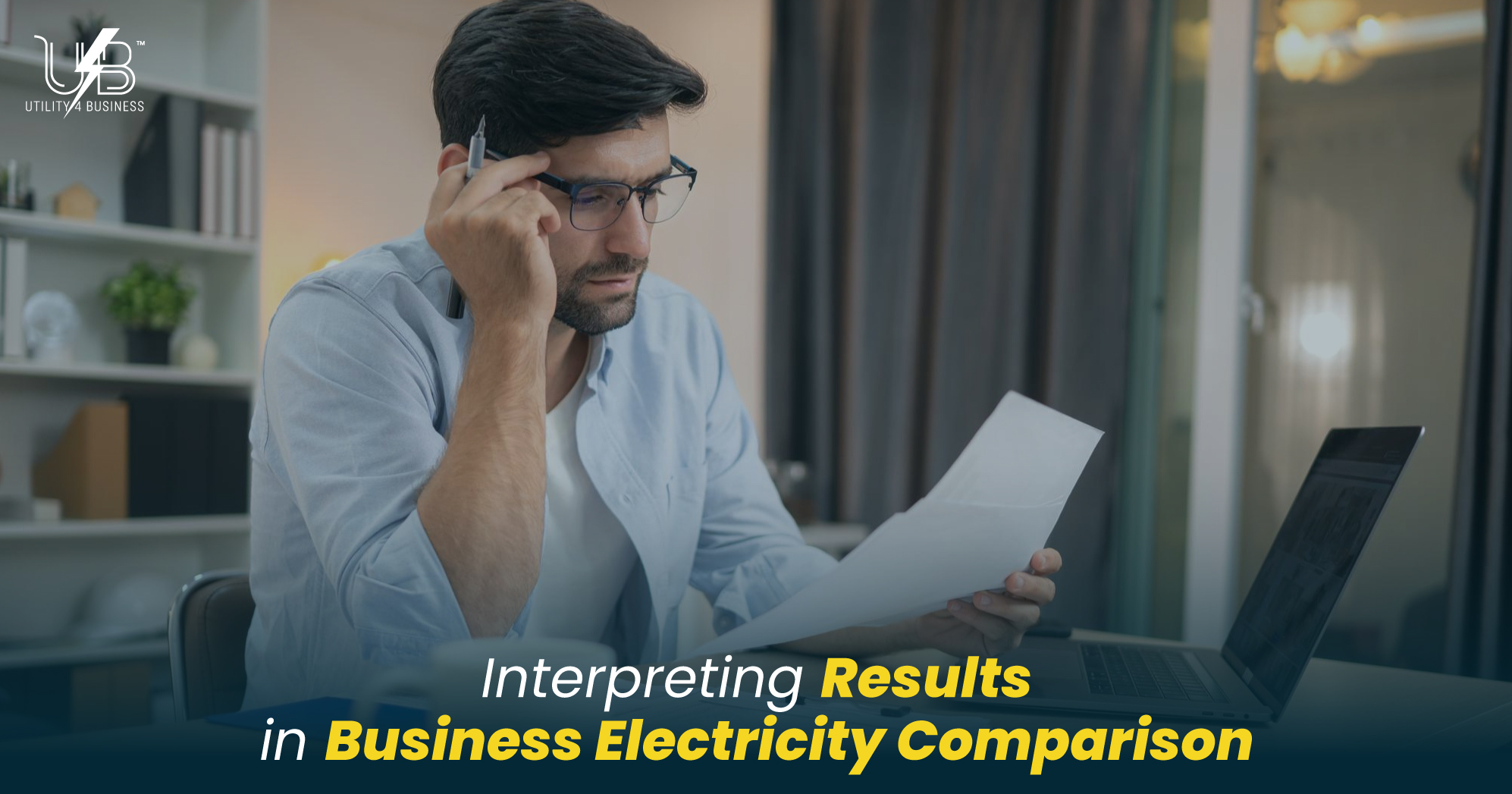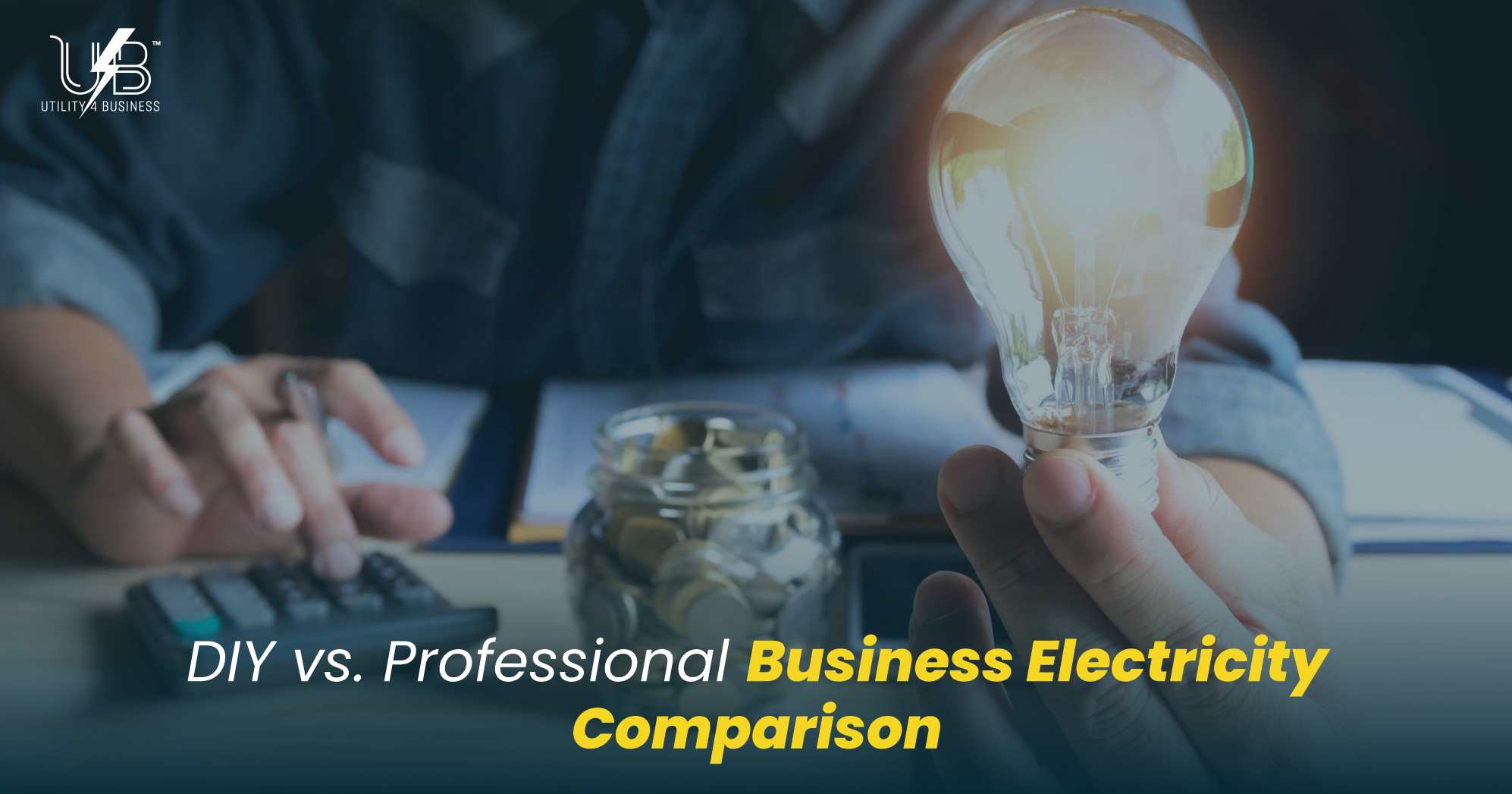The Future of Business Electricity Comparison Tools
Compare UK Business Energy No Surprises

Energy buying still feels harder than it should for many UK businesses. Prices move fast. Contracts vary by term, clauses, and non-commodity charges. Many owners want clarity and control but do not have hours to dig through quotes. That is why business electricity comparison tools have become essential. The next generation will go beyond simple price tables. They will connect live data, articulate risk in simple terms, and empower businesses to act at the right time. It is a simple proposition - quicker decisions, smaller surprises, and lower total costs over the life of a contract.
Where the Market Stands Today
Most tools still ask for an annual usage estimate and a postcode, then return a shortlist. That approach gives a rough guide but often misses key details such as standing charges, pass-through components, site-specific constraints, and renewal timing. Many businesess run multiple sites, open at different hours, and use electricity in patterns that do not fit a single estimate. A modern business electricity comparison experience focuses on the reality of operations, not a static average. It uses real consumption where possible, shows the impact of terms in pounds and pence, and sets clear expectations about service during the switch and after it.
Pain Points for SMEs
Owners want one view of quotes, fees, terms, and redress. Hidden charges erode trust. Long lock-ins become costly when demand changes. Confusing language slows decisions. A better approach keeps everything visible. It explains each cost driver clearly and shows how contract choices affect the bill across a full year. The result is confidence at the point of sign-off.
Regulatory Tailwinds That Will Shape the Tools
UK policy continues to push for fairness, clearer information, and better outcomes for small and mid-sized businesses. As rules strengthen, comparison journeys will evolve. Expect on-screen fee disclosure as standard, with plain-English summaries of how advisors get paid. Expect clear sign-posting to complaints and redress routes. Expect consistent contract information that supports a like-for-like business electricity comparison across suppliers and products. These shifts raise the bar for platforms and make life simpler for busy owners who want a clean, compliant decision path.
Data Infrastructure Is Leveling Up
Smart meters now sit at the centre of accurate quoting. Half-hourly or smart-enabled data lets platforms compare business electricity deals against real usage patterns rather than estimates. This matters for businesses with peak-heavy operations, seasonal shifts, or evening trading. Better data access also unlocks monitoring after the switch. A forward-looking tool does not stop at contract sign-off. It keeps an eye on bills, flags anomalies, and highlights ways to cut spend without hurting operations. As settlements and data standards continue to improve, we expect tech businesses to build tools that allow us to model savings from time-of-use rates and load shifting with much more accuracy.
Technology Trends Defining the Next Generation
Modern platforms now move from static quotes to live, insight-driven guidance. Predictive models can project the bill impact of different contract lengths, start dates, and product types. Natural-language assistants can explain terms in seconds and translate jargon into plain guidance that any manager can act on. Automated prompts can track renewal windows, alert users to price corridors, and suggest a plan before markets move. Sustainability also enters the flow. Carbon intensity, certificates, and portfolio reporting sit next to price. That gives decision-makers a clear view of cost and impact in one place. The most useful tools connect to accounting or ERP systems so invoices, meter data, and contracts align in a single record of truth.
Business Model Shifts That Improve Trust
Trust grows when fees and service levels are clear. The market now moves toward open explanations of how a platform earns money. Simple fee menus and clear wording remove doubt. Accreditation and redress membership will sit in the interface, not in fine print. Bundled support also grows. Many businesses want one partner to handle their electricity, gas, and services - bill verification, multi-site reporting, EV charging and on-site solar. A comprehensive business electricity comparison tool can act as the hub for that stack which will link procurement, monitoring, and optimisation in one place so decision-makers can save time and avoid error.
Risks and Guardrails to Get Right
The rise of data-driven comparison brings responsibility. Platforms must protect metering and billing data and use it only with consent. Recommendation logic must make sense and stay explainable. A business should see why a certain contract fits its pattern and risk appetite. Supplier strength matters as well. The tool should highlight key considerations such as credit profile or service record so the user sees more than a headline rate. Clear guardrails build confidence and reduce regret after sign-off.
What “Future-Ready” Tools Will Build Next
The most useful platforms now behave like ongoing partners. They connect half-hourly or smart-meter data where available and refresh forecasts with each billing cycle. They simulate the bill impact of time-of-use plans and allow simple what-ifs such as longer opening hours or a second site. They track contract dates, provide early renewal options, and secure new quotes without fuss. They also handle documentation, retain contracts, and validate invoices so nothing falls through the cracks. For multi-site businesses, portfolio views put all locations on one dashboard, with filters for region, meter type, and usage trend. For sustainability leads, carbon metrics and certificate status sit next to costs. For finance teams, exports drop straight into accounting systems. All of this turns business electricity comparisons from a once-a-year rush into a steady, managed process.
From Static Quotes to Continuous Optimisation
Energy buying will not stay a single event. It will become a continuous process that adjusts as the business evolves. As data improves and tools mature, owners will see live, context-aware guidance that aligns with their goals. The winners in this space will give clear pricing, simple language, and real accountability. They will reduce admin, cut waste, and help businesses lock in sensible deals at the right time. In short, business energy comparison will shift from a one-off search to a steady advantage.
Conclusion
Energy buying is changing for good. Clear rules, better data, and smarter software are turning quotes into simple, confident choices. The winners use real usage, explain costs in plain English, and keep support running after the switch. That shift moves business electricity comparison from a one-off task to a steady process that protects cash flow all year. Tools that connect half-hourly data, show contract impacts in pounds and pence, and flag risks early will set the standard. For UK businesses, the priority is simple: compare business electricity with full fee visibility, strong after-care, and renewal planning that starts well before deadlines. Well constructed, business energy comparison saves time, reduces errors and surprises on the bill. With a new lens and trusted partner like Utility4Business, business electricity comparison UK becomes a calm data-led exercise to support growth not a mad rush at the end of a contract.
Find This Article Helpful? Share It Now!
At Utility4Business, we offer top-notch customer support and business utility solutions for businesses across the UK. Consider sharing this article and helping others discover how our expertise can add value to their business success.

Read Our Latest Posts
Explore our latest blog posts and learn how Utility4Business can support your business growth with tailored utility solutions and services. Stay ahead of the curve with the latest information from industry experts and take advantage of our user-friendly comparison services to find the best business deals.


Get Connected
At Utility4Business, our team of experts can help you figure out the highest-value business utility deals that will help your business grow over time.

